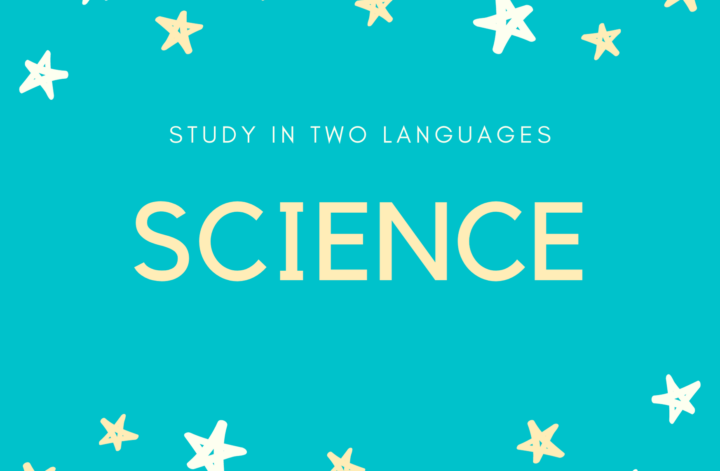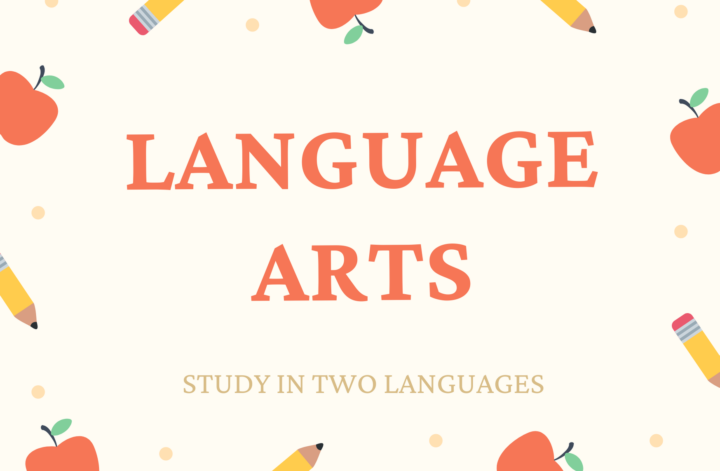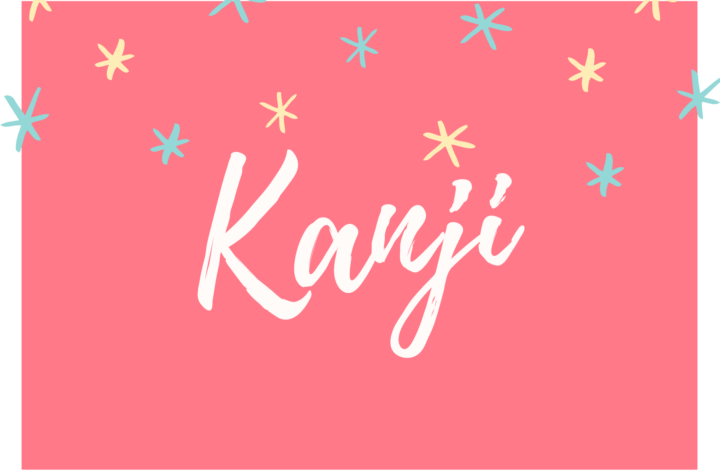The moon orbits the Earth once every 27.3 days. It does not emit its own light but reflects the light of the sun. Because it orbits around the Earth, the relative positions of the sun, the Earth, and the moon change. As a result, the illuminated part of the moon viewed from the Earth changes every night. Each of the moon’s appearances is called a lunar phase.
New moon: When the moon is invisible because it is between the sun and the Earth.
Waxing crescent: When only a sliver of the moon is visible after the new moon phase.
First quarter (Half moon): When exactly half of the moon is visible before the full moon phase.
Waxing gibbous: When the moon is more than 50% lit before the full moon phase.
Full moon: When the moon looks like a complete circle.
Waning gibbous: When the moon is more than 50% lit after the full moon phase.
Last quarter (Half moon): When exactly half of the moon is visible after the full moon phase.
Waning crescent: When only a sliver of the moon is visible before the new moon phase.
月は、27.3日ごとに地球の周りを公転します。自分で光を出しているのではなく、太陽の光を反射しています。地球の周りを公転しているために、太陽と地球と月の位置関係が変わります。その結果、地球から見たとき、月の光っている部分が毎晩、変化します。それぞれの月の見え方を月の満ち欠けと言います。
新月:月は、太陽と地球の間にあるため、見えません。
三日月:新月の後で、月の細長い部分だけが見えます。
上限の月(半月):満月になる前で、月のちょうど半分が見えます。
半月よりふくらんだ、満ちていく月: 満月になる前の、月が50%以上照っている状態です。
満月:月は、完全な円に見えます。
半月よりふくらんだ、欠けていく月:満月になった後で、月が50%以上照っている状態です。
下弦の月(半月):満月になった後で、月のちょうど半分が見えます。
反対向きの三日月:新月になる前に、月の細長い部分だけが見えます。
*オレンジ色で書かれた言葉は、英語から日本語にしにくい言葉か、英語とは違った意味になる言葉です。





